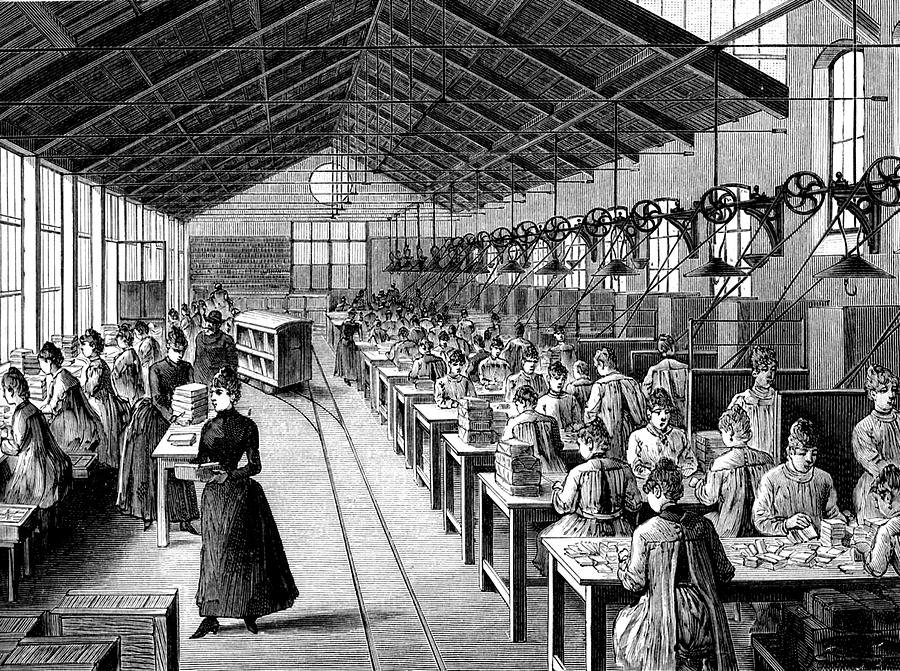What is a Match?
A match is simply a chemically treated stick that bursts into flame when struck. But anyone whose supply of matches has gotten wet while on a camping trip will understand what a great convenience matches are.
A match consists of three basic parts: a head, which initiates combustion; a tinder substance to pick up and transmit the flame; and a handle. Strike-anywhere matches and safety matches are the two main types of modern friction matches. The head of the strike-anywhere match contains all the chemicals—including a phosphorus compound—necessary to obtain ignition from frictional heat. Safety matches will not ignite unless rubbed against the chemically prepared strip, or striking surface, on the box or, in the case of book matches, on the folder. These matches are usually tipped with quick-burning chemicals, and phosphorus is in the mixture on the striking surface.
How are they Made?
Matches are made by match machines without human aid. Aspen and poplar wood are used in the manufacture of wooden matches. Lathes cut the wood into sheets of veneer, the sheets are sliced into square splints by a chopping machine, and the splints are inserted into holes in an aluminum plate. There may be more than 800 holes in each plate. Some machines can put 200 splints into the holes in one stroke and make 200 strokes a minute. At this rate, 40,000 matchsticks are put into the plate holes every minute. The mark of the plate shows on the lower end of each match. The plates are linked to form an endless chain that carries the splints from one process to the next.
The sticks first go into a chemical bath that prevents afterglow when the match is burned. They are then dried and carried through a vat of melted paraffin, which makes them burn readily. The head of the strike-anywhere match is made by two dips. The first, the bulb dip, contains chemicals that will not ignite under ordinary friction; the second dip forms the sensitive tip. (This second dip is omitted in the manufacture of safety matches because the igniting chemicals are included in the package’s striking surface.) After being dried by blasts of air, the finished matches are pushed out of the plates and packed in boxes by automatic machinery.
Book matches were invented in the late 19th century. They are produced from large paperboard rolls. The paperboard is cut into combs, which are then dipped into chemicals, dried, and stapled into cardboard covers. The advertising designs on the covers are printed before the friction plates are put on. For safety reasons the striking surface is often on the back of the matchbook to prevent the other matches from igniting when one is struck

What is the History of Matches?
Before matches were invented, people had to light their fires with flint and steel, and they stored or carried the fire-making tools in a tinderbox. They usually spared themselves the effort of starting a fire by storing live coals overnight, and if their fire went out, someone was sent to a neighbor’s house to fetch live coals.
The development of matches began with the discovery of the element phosphorus in 1669. During the 1700s and early 1800s, many crude but workable fire-making devices containing phosphorus were developed. The inventor of the first friction match is not known with certainty, but credit for making the first phosphorus friction match, around 1816, is usually granted to François Derosne of France. Matches of a different sort were made and sold by an Englishman, John Walker, in 1827. Instead of phosphorus, the active agent in Walker’s match was a potassium-chlorate mixture. By 1832 the manufacture of friction matches was well established in Europe. These first matches were extremely difficult to ignite, and they frequently erupted in a shower of sparks.
In 1831 Charles Sauria of France took the first step in making matches that were stable and easy to ignite by incorporating white phosphorus in his formula. This innovation was immediately widely copied, and soon most of the matches made were phosphorus matches. These remained the most popular type until the early 1900s. At the end of the 19th century, however, serious phosphorus poisoning, which damages bone structure, was noted among workers in match factories. By 1906 its effects were so widespread that an international treaty was approved that prohibited the use of white phosphorus in the manufacture of matches. The much less toxic phosphorus sesquisulfide was used thereafter. This compound made matches safer because it raised their ignition point by more than a hundred degrees.
Match manufacture was slow at first because many of the operations were done by hand. The first automatic machine was patented in 1851. The modern match industry began in 1888, when a vastly improved machine was patented.



